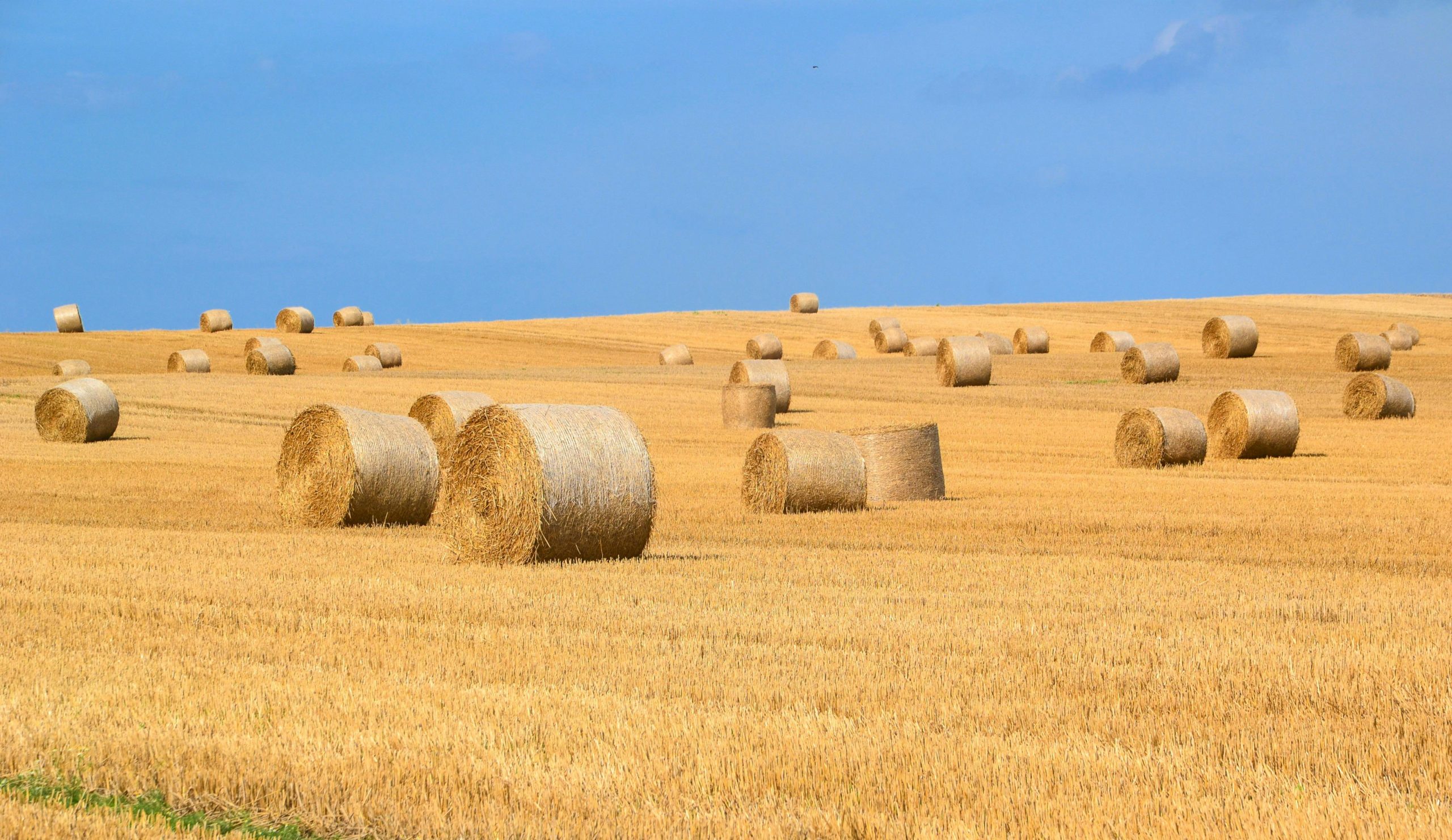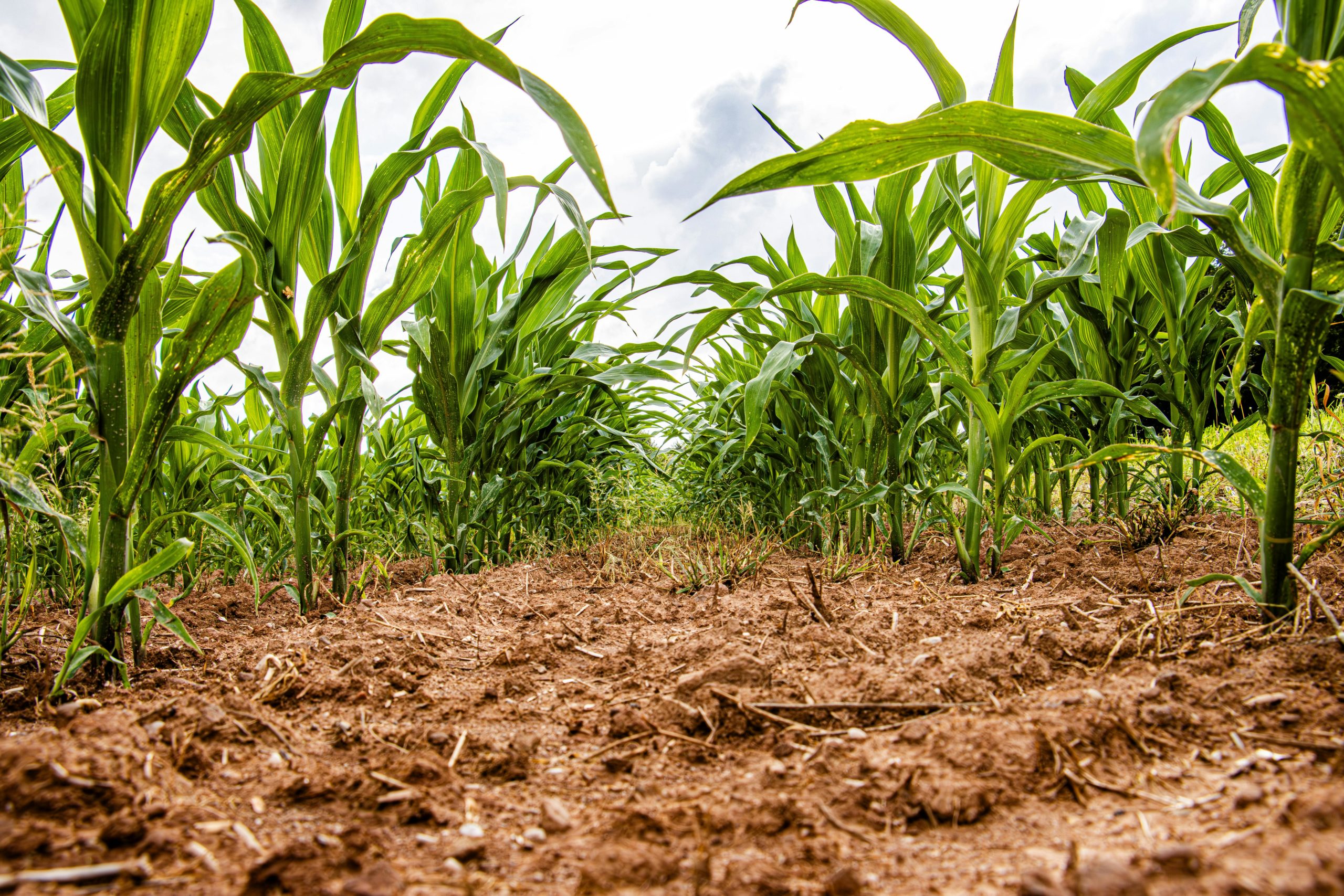France sees 23% drop in 2024 soft wheat production
France, the largest wheat producer in Europe, is facing a significant winter wheat production shortfall in 2024. According to figures from the ministry’s statistics agency, Agreste, the total soft wheat production in 2024 will be about 23% below the average production of the past five years. The national average wheat yield in 2024 is expected to be among the three lowest soft wheat yields of the last 40 years.

Causes of the Production Shortfall
The 2023/2024 winter wheat season had a very poor start as early as October 2023 during the seeding period. This was particularly true in the northern part of France, where most of the winter wheat area is located. Figure 2 illustrates the daily soil moisture anomaly in the Département of Somme, the largest wheat-producing region in France. In this area, it is advantageous to plant winter wheat early to give the plants enough time to germinate before the rainy season starts at the end of October. However, for the 2023/2024 season, heavy rainfall during the sowing period caused delays and, in some cases, made it impossible to plant winter wheat. This meant that the winter wheat crop faced significant challenges even before the main growing season began.

Figure 2: Daily soil moisture anomaly for Somme (Hauts-de-France) from 1st of Oct 2023 until Aug 2024. The red line shows daily soil moisture anomaly for the 2023/2024 season. The green area depicts the historical minimum/maximum anomalies since 1979. Source: Copernicus
Additionally, soil conditions throughout the spring were extremely wet, with soil moisture levels hitting record highs from March to June. This excessive moisture increased the risk of plant diseases and significantly hindered grain formation. Combined with lower-than-usual solar radiation during the flowering stage, these factors reduced the average winter wheat yield by nearly 25% compared to the five-year average.
Consequences of 2024 Wheat Production Shortfall
It goes without saying that a national production shortfall of almost 25% has raised concerns among farmers, policymakers, food processors and re-/insurers alike. In particular for individual farmers, the poor wheat harvest might directly translate to reduced income, which can strain their financial stability, especially for those heavily reliant on wheat production. For farmers with crop insurance, all losses above the deductible level of 25% will be covered. For farmers without insurance, the government will compensate 40% for losses exceeding the 50% threshold. A budget of 275.5 million euros has already been allocated by the government for these measures.
2024 Wheat Yields vs 2016 Wheat Yields
To contextualize the poor 2024 harvest against a historically catastrophic year, we compare in Figure 3 the estimated yield anomalies for 2024 with those of the 2016 season, when the national average wheat yield dropped by more than 27%.

Comparing estimated 2024 yields with 2016 yields, we find that in general the projected 2024 yield anomaly for the northern part of France is smaller than in 2016. On the other hand, most departments are expected to have below-average wheat yields this year, while the southern part of the country had above-average yields in 2016. For the individual farmer, however, the 2023/2024 season was severe enough to potentially jeopardize the future of their farm, especially if they did not have insurance for their crops. In conclusion, we can state that wheat yields in 2024 are less catastrophic than they were in 2016. In contrast to the 2015/2016 season which looked initially very promising, it became already clear during the sowing period that this year’s wheat harvest would face challenges.
The #TERRAClimateExplorer
With the #TERRAClimateExplorer, accessing agro-meteorological insights has never been easier. The #TERRAClimateExplorer is a web-based solution that enables you to gather, monitor, and visualize historical and real-time weather and remote sensing data for any location worldwide.

Say goodbye to cumbersome processes and hello to streamlined efficiency. Experience the power of simplicity with the #TERRAClimateExplorer – where valuable weather data is just a few clicks away.
Contact us at info@terra-ms.com if you want to find out more, and subscribe to our newsletter to ensure you don’t miss any of our posts and articles.
#TERRAModelingServices




